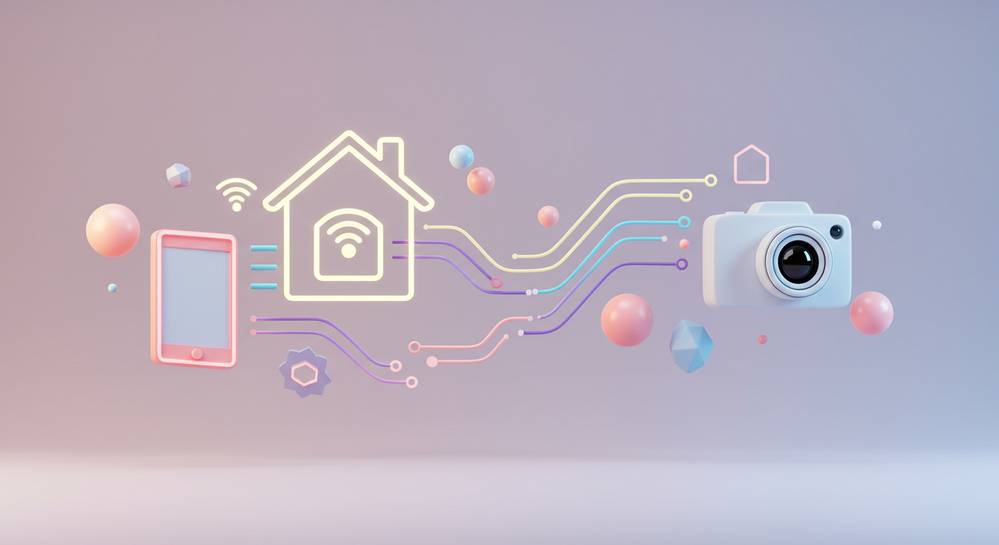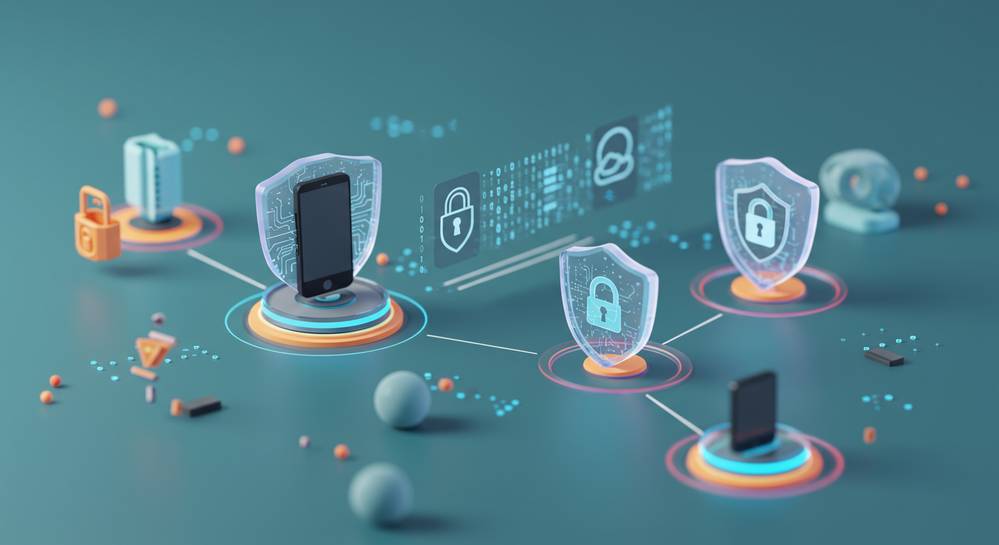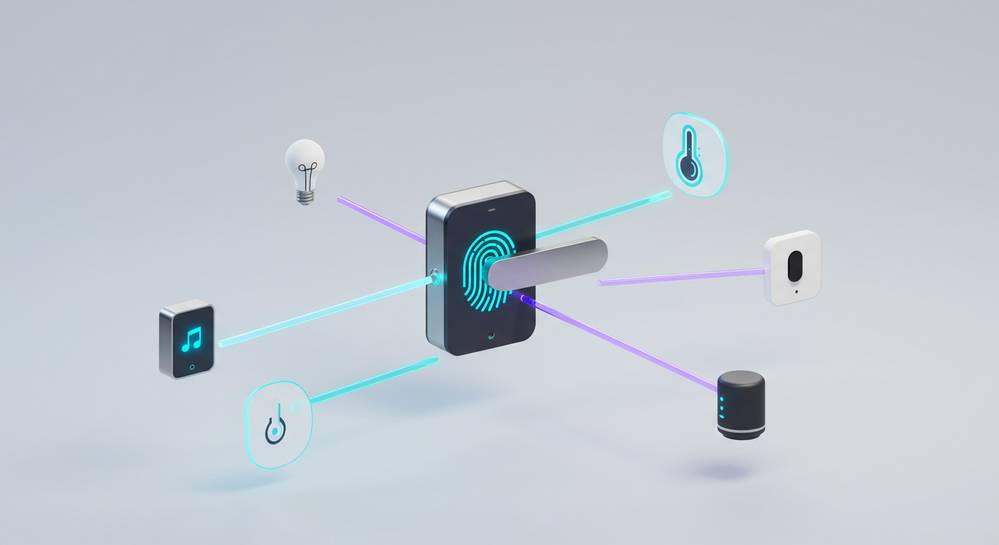The landscape of home security is rapidly evolving, moving beyond standalone devices to interconnected ecosystems. For homeowners seeking enhanced control and peace of mind, the concept of integrating CCTV with smart homes represents a significant leap forward. This powerful synergy transforms traditional surveillance into an intelligent, responsive security network, offering unprecedented visibility and automated protection. Discover how combining these technologies can elevate your home’s safety and streamline your daily life.
Contents
Understanding the Synergy Between CCTV and Smart Homes

Integrating CCTV with Smart Homes for Proactive Security
Modern home security transcends basic alarms, evolving into intelligent, interconnected systems. The true power emerges from integrating CCTV with smart homes, transforming reactive monitoring into proactive defense. This synergy allows cameras to do more than just record; they become integral components of your home’s automated responses.
Advanced smart home platforms, often enhanced by AI, analyze CCTV feeds in real time. This enables sophisticated threat detection, distinguishing between benign events and genuine security concerns. For instance, an AI-powered camera can identify an unfamiliar person lingering near your property, not just general motion.
Upon detection, the integrated system orchestrates a rapid, multi-layered response. Outdoor lights can automatically activate, smart locks might engage, and a direct alert, complete with video snippets, reaches your smartphone. This immediate, coordinated action significantly deters potential threats and provides crucial time for intervention. Such capabilities are central to modern best home security system solutions.
This seamless collaboration provides homeowners with comprehensive awareness and control. It offers peace of mind, knowing your home intelligently monitors and responds to potential risks, adapting to dynamic situations. The future of residential safety lies in this intelligent, interconnected approach.
Key Integration Methods and Technologies
Key Integration Methods for Smart Home CCTV
Successful integrating CCTV with smart homes hinges on effective communication. A central smart home hub or platform is crucial, acting as the system’s core. Modern IP cameras often support standards like ONVIF or proprietary APIs, ensuring direct compatibility.
Three primary methods facilitate this essential connection for robust security:
- Direct IP Integration: IP cameras link directly to a network video recorder (NVR) or a compatible smart home hub. This enables local control and data interpretation.
- Cloud-based Integration: Manufacturers like Arlo, Ring, and Nest provide cloud services. These often integrate natively with major smart home platforms such as Amazon Alexa, Google Home, or Apple HomeKit.
- Third-Party Software/Platforms: Universal smart home software or advanced controllers (e.g., Home Assistant, SmartThings) offer broader device compatibility. They allow for custom automation rules, enhancing personalized security. Discover more about undefined.
These methods leverage technologies like Wi-Fi, Zigbee, and Z-Wave. The emerging Matter standard further simplifies compatibility, creating a unified and interconnected security ecosystem.
Benefits of an Integrated Security System

Benefits of Integrating CCTV with Smart Homes
Integrating CCTV with smart homes offers profound advantages beyond basic surveillance, significantly enhancing safety, convenience, and operational efficiency. This holistic approach transforms a collection of devices into a cohesive, intelligent defense system for your property.
- Intelligent Monitoring and Alerts: Receive context-rich notifications, not just generic motion alerts. Advanced systems can differentiate between a delivery person, a pet, or a potential intruder, minimizing false alarms and providing actionable insights.
- Automated Security Responses: Program your smart home to react instantly to camera triggers. If a camera detects suspicious activity, outdoor lights can illuminate, a siren can activate, and smart locks can engage automatically. This proactive defense deters threats before they escalate.
- Seamless Remote Access: Gain complete control and visibility from anywhere. View live camera feeds, review recorded events, and manage all security settings directly from your smartphone or tablet.
- Centralized Control: Manage all your security components—cameras, door locks, alarms, and lighting—from a single, intuitive interface. This simplifies daily operations and ensures a harmonized security posture. This unified control is a key feature of modern undefined.
- Enhanced Peace of Mind: Knowing your home is under constant, intelligent watch provides unparalleled security. This assurance extends whether you are at work, traveling, or simply in another room.
These combined benefits create a dynamic and responsive security network, tailored to your home’s specific needs and offering a superior level of protection.
Choosing the Right System and Setup Considerations

Choosing the Right System for Integrated CCTV
Selecting the ideal system for integrating CCTV with smart homes demands careful consideration. Begin by assessing your specific security needs. Determine if you require indoor, outdoor, or both types of cameras. Crucial features like high resolution, night vision, two-way audio, and pan-tilt-zoom capabilities should also be evaluated.
Compatibility with Smart Home Hubs
Ensure your chosen CCTV cameras are compatible with your existing or planned smart home hub. Platforms like Google Home, Amazon Alexa, Apple HomeKit, or Samsung SmartThings offer varying levels of integration. Always check for official support or robust community-driven integrations to guarantee seamless operation.
Network Infrastructure Requirements
A stable and robust Wi-Fi network is paramount for streaming high-quality video reliably. For critical cameras, consider wired Ethernet connections. These provide enhanced reliability, reduce latency, and offer superior security against wireless interference or hacking attempts.
Data Storage and Privacy Considerations
Evaluate your data storage preferences: cloud-based solutions or local NVR/SD card storage. Understand the privacy policies of any cloud service you use, ensuring your video data is encrypted and securely managed. Prioritizing data security is crucial in any smart home setup.
Professional Installation Versus DIY
Many modern systems are designed for user-friendly DIY installation. However, complex setups involving extensive wiring or intricate camera placements often benefit from professional assistance. Expert installation ensures optimal camera angles, secure mounting, and proper system configuration for maximum effectiveness.
Careful planning across these areas ensures a cohesive, effective, and reliable integrated security solution for your home.
The journey towards a truly intelligent and secure home culminates in the powerful combination of CCTV and smart home technology. By carefully selecting compatible devices and thoughtfully planning your integration, you can unlock a new era of home security that is not only robust but also remarkably intuitive and convenient. This fusion empowers you with real-time awareness, automated responses, and complete control over your environment, transforming how you protect what matters most. Embrace the future of connected living and explore the vast possibilities offered by this advanced synergy. For more insights into optimizing your smart home, visit Dwelling Tech Trends.


